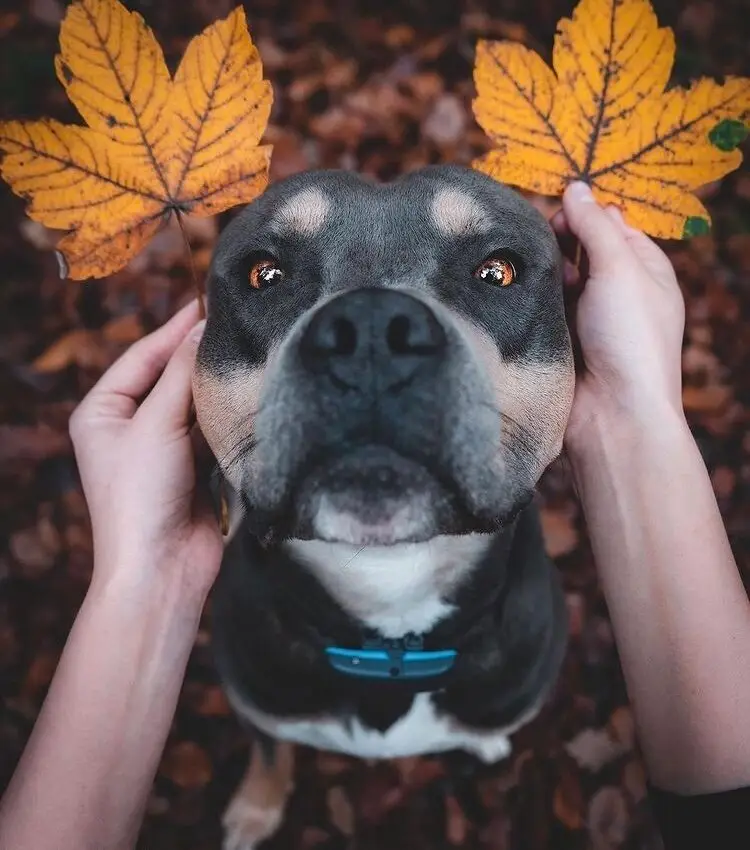
Everything you need to know about pit bulls
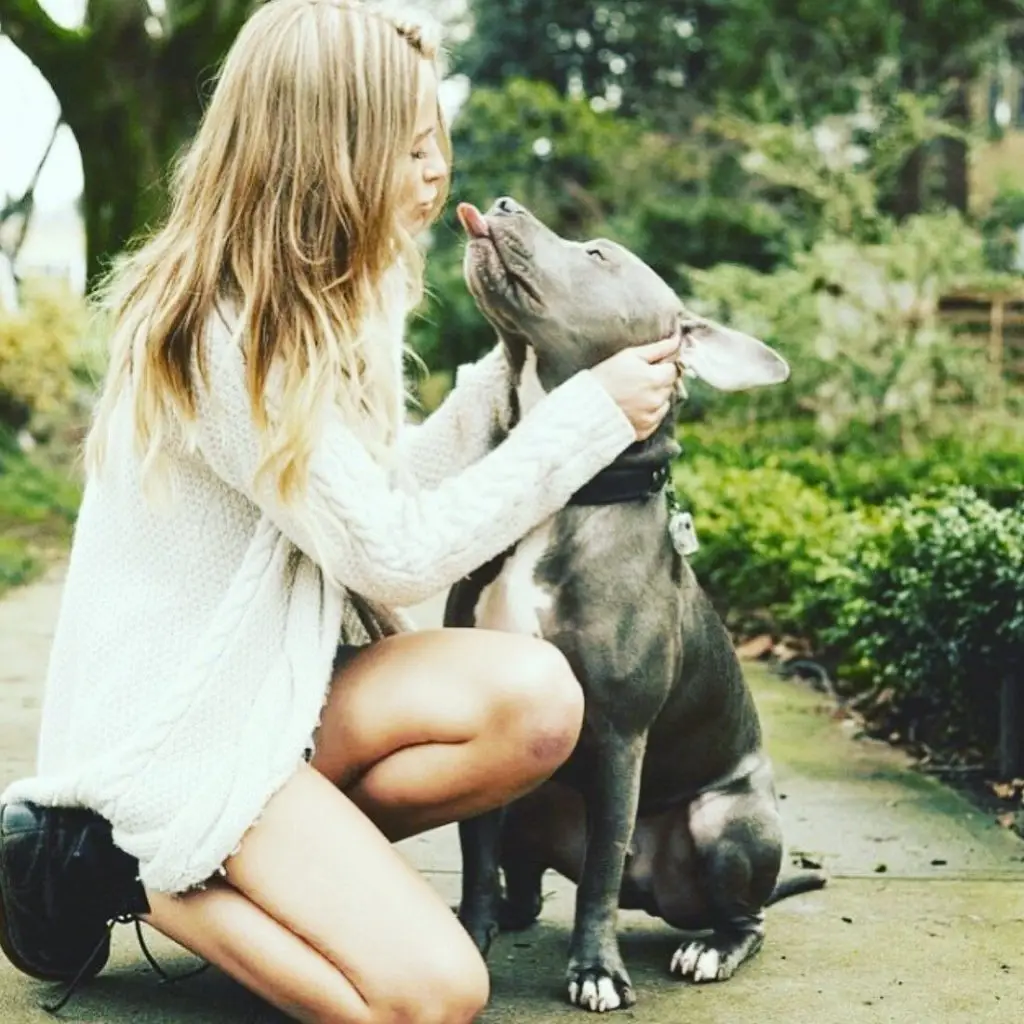
Throughout our evolutionary history as humans, we have formulated a special bond with our canine friends. This is something that happened gradually over time. As Neil Degrasse Tyson explained in the Cosmos series, “It was all about survival of the nicest”. With that noted, breed doesn’t generally matter as much as some people think. Whether you are a pit bull advocate, terrified of them, or simply not sure, most dogs are not inherently dangerous and the purpose of this post is to provide fair insight while exposing a much broader problem that is overlooked.
General Perception of pit bulls
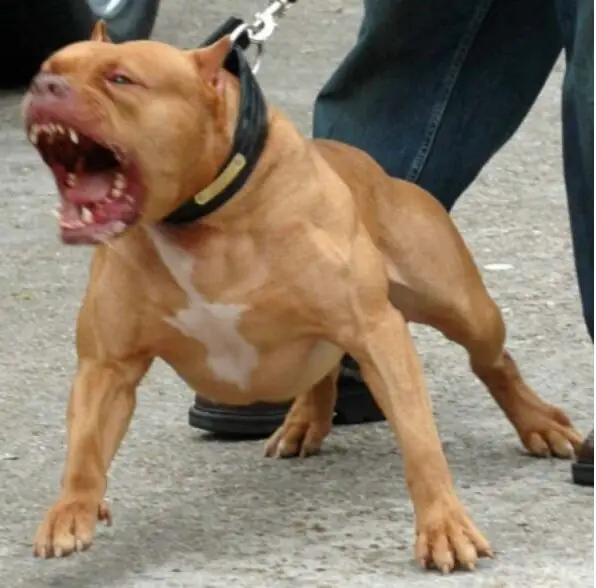
The belief that Pit bull terriers are more aggressive than other dogs is generally a myth and myths may mean the difference between life and death. When people believe myths about any dog breed, it leads to all sorts of problems. They don’t get adopted from shelters and laws are passed that discriminate against dogs who even look like them.
I have learned a lot about pit bulls over the past few years and I have met many that are very loving and gentle animals. Pit Bulls may also be growing in popularity for that reason. Nevertheless, the overwhelming majority of the population fears them. This is backed by numerous data sources including our own that we gathered over the past several months from our COVID 19 initiative to keep all pets out of shelters. Our data tells us the overwhelming majority of those that have signed up to watch a pet (while the owner is sick) are not at all interested in bringing a pit into their homes. Why is this?
Although our dataset may arguably be limited (or not) as the initiative is limited to the Western Region of New York only (Peeva is a Buffalo based company)*
What is a pit bull?

Aside from being the most misidentified types of dogs, a true pit bull’s bloodline originated from bulldogs that were bred in England in the 1600s for use in a “sport” called bull baiting, a spectator sport where a dog would be thrown into a pit with a bull to then bite at the bulls head until eventually killing it. This was obviously 400 years prior to general ideals of animal cruelty ever existed and the tame society at the time thought this was entertaining.
Long Hair Pit Bull
While most people are accustomed to seeing short-haired pit bulls, there’s a rare variety known as the long-haired pit bull. These unique dogs come with a gene mutation that gives them a longer, silky coat. While they retain many of the same characteristics of traditional pit bulls in terms of personality and temperament, their grooming needs differ due to the length and texture of their fur. Regular brushing and occasional trimming can help keep their coat looking its best.
Pit Bull with Tail
Contrary to what some might believe, not all pit bulls have docked tails. In fact, many pit bulls are born with long, whip-like tails. Docking, or surgically removing a portion of the tail, is a practice that has been done for various reasons, including outdated beliefs about health and aesthetics. However, a pit bull with a natural tail is just as charming and expressive, using it to convey emotions just as any other dog would.
Plott Hound Pit Bull Mix
The Plott Hound Pit Bull mix is a unique combination that blends the traits of the tenacious Plott Hound with the loving nature of the pit bull. Often characterized by a muscular build, this mix can have a range of coat colors and patterns. They usually possess a keen sense of smell from the Plott Hound lineage and the loyal, friendly demeanor of a pit bull. Like all mixed breeds, their temperament can vary, but with the right training and socialization, they make excellent companions for active families.
Best Bones for Pit Bulls
Pit bulls are known for their strong jaw strength and love for chewing. Offering them the right bone can provide hours of entertainment and help with dental hygiene. When selecting a bone for your pit bull, it’s crucial to choose ones that are durable and safe. Avoid cooked or brittle bones, as they can splinter. Instead, opt for raw bones or strong synthetic bones designed for heavy chewers. Always supervise your pit bull when they’re chewing to ensure safety.
Best Brush for Pit Bulls
Given the short, dense coat of most pit bulls, grooming might seem straightforward. However, the right brush can make a difference in keeping their coat shiny and healthy. A rubber curry brush or a bristle brush works best for pit bulls. These brushes help remove loose fur, distribute natural oils, and provide a gentle massage that most dogs love. Regular brushing not only keeps your pit bull looking good but also offers a bonding experience between you and your pet.
Divergent evolution of pit bulls

The bull pit sport has since been banned and the evolution of pits has been clearly divergent ever since. Whereas, there are pit bulls that have since been introduced as pets in tame society. Woodrow Wilson had a pit as the nation’s first dog. Spuds McKenzie may have been a pit bull as well?
Again, most dogs are not inherently dangerous, but it is a totally blanketed statement to say no dog is.

Unlike Bloodhounds, German shepherds, Rottweilers, Dobermans, and friendly loving domesticated pit bull looking dogs, there are Pit bulls that have been bred to fight other dogs. This is a reality and these dogs are inherently dangerous.
The myth of their locking jaws may be exactly just that, but they have also been bred to snap, fight, and kill. These dogs are should be kept on a tight leash and not viewed as misunderstood by the ignorant masses. It’s not like racism where an entire group of people is judged one way or another despite the content of their character. Dogs are still animals and these dogs are dicks and more like having a tiger in the house. Would Siegfried and Roy may have been insulted by that blanketed statement until one of them had their head nearly taken off? Who cares.
Why would you want to expose your children or other pets to a dog like this? These are the dogs that also attack other dogs at dog parks. They shouldn’t be let in dog parks. They are also a small percentage of the “pit bull population”. That is the main point to take away.
The real tragedy of pit bulls is the mass categorization of every dog that looks kind of like them and this is a result of shelter mismanagement.

From what we know about shelter intake methods, there is a disproportionate number of pit bulls that are euthanized in comparison to other dogs that fit the appearance. This can include any mixed breed with pit bull in it (or not). This is the greater tragedy.
The general fear of pit bulls is not nearly as unfair as the miscategorization of dogs at shelter intake where shelters are just as quick to euthanize them over any other breed (or mixed breed combination).
So what is a pit bull?
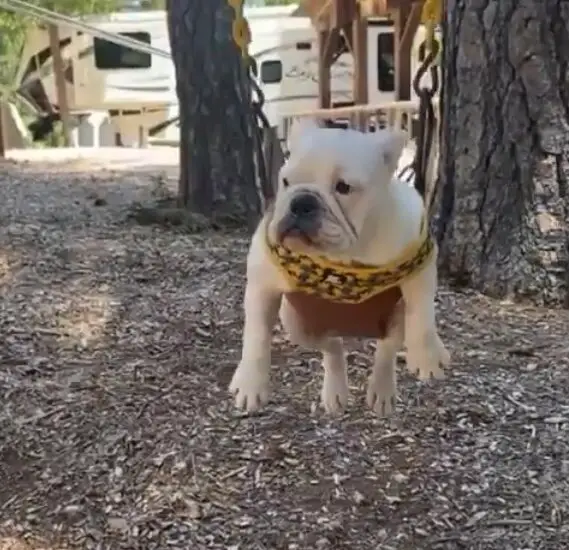
There’s a lack of agreement over what breed or breeds of dogs make a pit bull. The term has come to be used interchangeably to refer to a number of breeds, or even mixed breeds with an unknown parentage.“Pit bulls” are not recognized by the American Kennel Club (AKC), while certain recognized AKC breeds, like the American Staffordshire terrier, are often called pit bulls by the general public. The United Kennel Club (UKC) on the other hand does recognize the American pit bull terrier as a breed. There are differences of opinion over what a pit bull is or isn’t, but it usually means a combination of any of the following breeds American bulldog, American Staffordshire terrier, American pit bull terrier, Staffordshire bull terrier, English bull terrier.
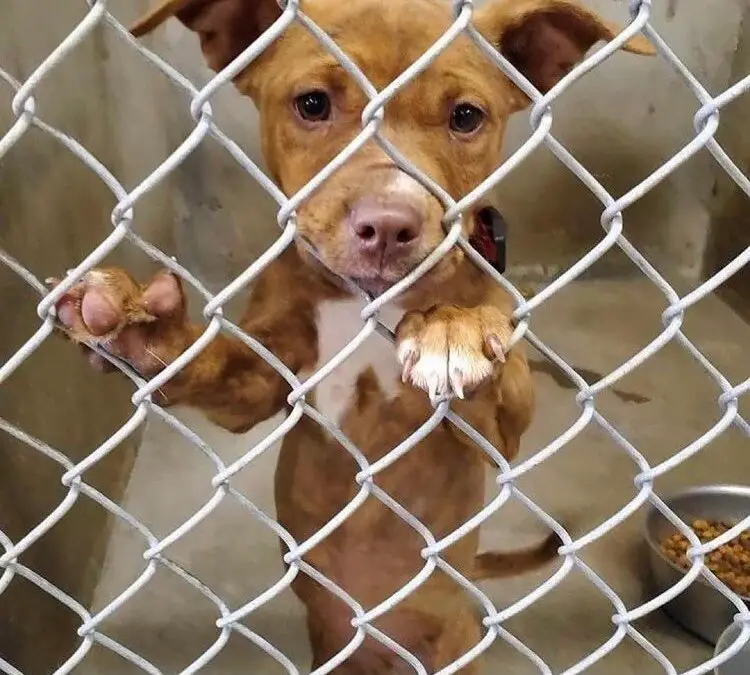
The issue over what a pit bull is (or isn’t) is exasperated when laws, ordinances, insurance policies, and rental leases exclude “them”.
According to the national canine research council, 90 percent of shelter dogs identified as a particular breed are not identified accurately. They are often improperly categorized and lumped together with breeds that aren’t actually in their genetic makeup and misidentification can be problematic when municipalities pass laws and ordinances that contain provisions discriminating against dogs of certain breeds, however, the laws end up also adversely affecting dogs that also resemble the targeted breeds.
Does this mean your $5,000 Frenchie can be categorized as a pit?

There are many combinations of mixed breed dogs with “pit bull” characteristics which is why many mixed breed dogs, or dogs with unknown parentage, often end up being wrongly categorized as pit bulls. What’s more is the infinite combinations of breed mixes that can look like pit bulls, albeit a boxer and beagle, mastiff and pug mix, or a dog that’s several generations of mixed breeds without any bull dog ancestor. Further, many dogs that do have pit bull–like breeds in their DNA don’t fit the physical description by sight at all.
The only way to truly determine a dog’s breed or mix of breeds is through DNA testing
DNA testing has shown that dogs some people would quickly identify as pit bulls often DO NOT contain DNA from any purebred dog that might fall under the “pitbull” label. Half Truth; The American Temperament Test Society, which provides a uniform national program of temperament testing for dogs, has found that pit-bull-terrier-like dogs passed the test at a higher rate than many other dog breeds, such as golden retrievers and border collies.
Nevertheless, it is a totally blanketed statement to say no dog is dangerous. Dogs are still animals. If your toddler grabs at a dog’s ears enough times, regardless of the breed, the dog isn’t going to like it and they will eventually snap. This should be common sense.
Common Sense is a huge part of responsible dog ownership.
Pit bulls and dogs that physiologically look like them are genetically different from other dogs and whether they are aggressive or not, they are still animals and they can do more damage, but it all boils down to responsible pet ownership. Dog’s lack the ability to reason. You can’t assume that the world is ignorant. Even if they are ignorant about your dog, you are doing your dog a disservice by not keeping him on a leash. You need to watch them. These animals are often brought into an environment where they are destined to fail.
The Media is not to blame for the public perception of pit bulls
Any breed that becomes popular with people who keep “guard dogs” is in danger of being feared by the public. Throughout history, dog breed trends have changed and different breeds come and go like fads. In the post–Civil War era, bloodhounds were the most feared. This coincided with the rise of newspapers. After WWII, the most feared dogs were German shepherds, Rottweilers and Dobermans, as these breeds were favored by the German army and often used as guard dogs. They are guard dogs. They are a deterrent. After all, a Yorkshire terrier is not going to scare away an intruder from breaking into your home. They may bark a lot, but they have no bite. Like Bloodhounds, German shepherds, Rottweilers and Dobermans; Pit bulls can do some serious damage if provoked. This should also be common sense.
The general myths about pits may be in part by the media for writing about dog bites, but there is no hidden agenda or witch hunt by the general media to condemn pit bulls.
A dog bite and attack can happen from any type of dog. Pit bulls, Rottweilers, and Dobermans, however, can do a hell of a lot more damage to another dog or human than most other breeds can. If it’s a Yorkie, shitzu, Jack Russell or any smaller breed, an attack can be ignored, laughed off, or maybe even be considered cute. Either way, these incidences often go unreported as there is little damage done and lawsuits tend to get thrown out of court when there are no damages.
Why does Peeva care so much about pit bulls?
Because, “they” are not ALL pit bulls and they are not all bad. The far majority of them are neither bad or bred to be fighters. In fact, they are generally pretty awesome! Nevertheless, every year hundreds of thousands of “pit bulls” that would make an awesome addition to the family are killed either before they ever have the chance or before their loving pet owners can locate them. Again, this is a shelter mismanagement issue that is totally inexcusable.
Shelters are not required to keep track of the number of pets they take in, that are adopted out, or euthanized. These dogs never get to realize their full potential as companions, therapy dogs, service animals, and family members. Good dogs that could go home or on to good homes are simply being killed. At the same time, we do credit and give props to no-kill shelter initiatives and their staff that work tirelessly to ensure the right dogs are adoptable.
Thousands of families have one or more pit bulls (or mixed breed with some form of pit bull in it) as pets. Some are chill while others are hyper and playful. They also make service and therapy dogs.
Peeva believes all dogs deserve a chance for a happy life. We have developed software to make categorization more refined.
Conclusion: Data drives good decision making.
Peeva believes we must fight breed discrimination and we do this by simply allowing all that register their pets with our central registry to select up to three breeds when doing so. At shelter intake, the shelter worker can select up to three breeds to resolve the issue of general miscategorization which also alleviates the issue of a pet being wrongly classified when a pet owner calls a shelter to learn if his or her pet is there. We care because we know wonderful pit bull terrier–like puppies and dogs are being euthanized in shelters across the country in a genocidal manner. It’s disgusting and unfair.
We also theorize that this lack of understanding and macro miscategorization of the breed is inflating the numbers of pits that wind up in shelters in the first place.
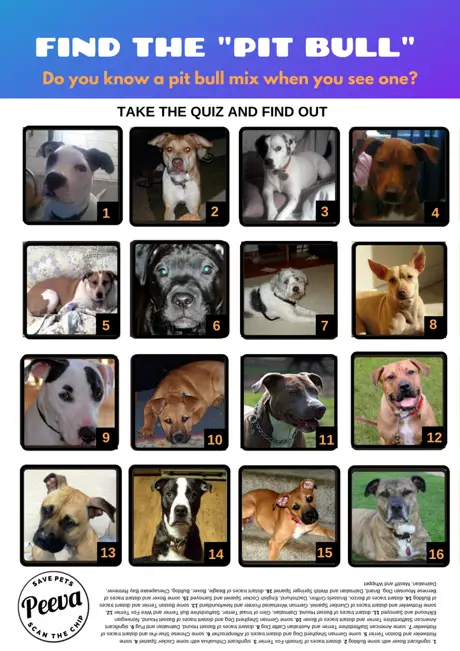
Never Lose Your Pet Again.
Protect your pet with Peeva’s microchip registry and real-time lost pet alerts.
Register Your Pet


